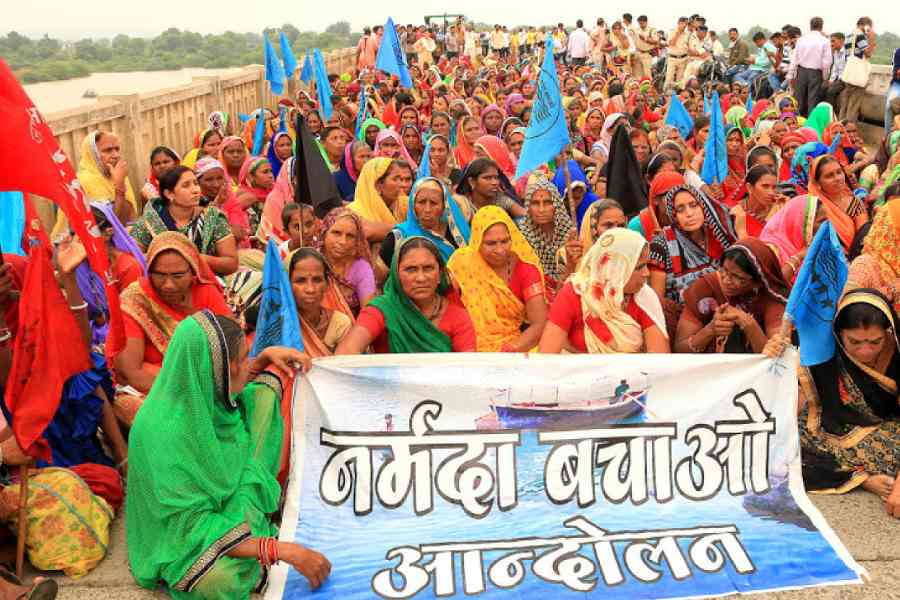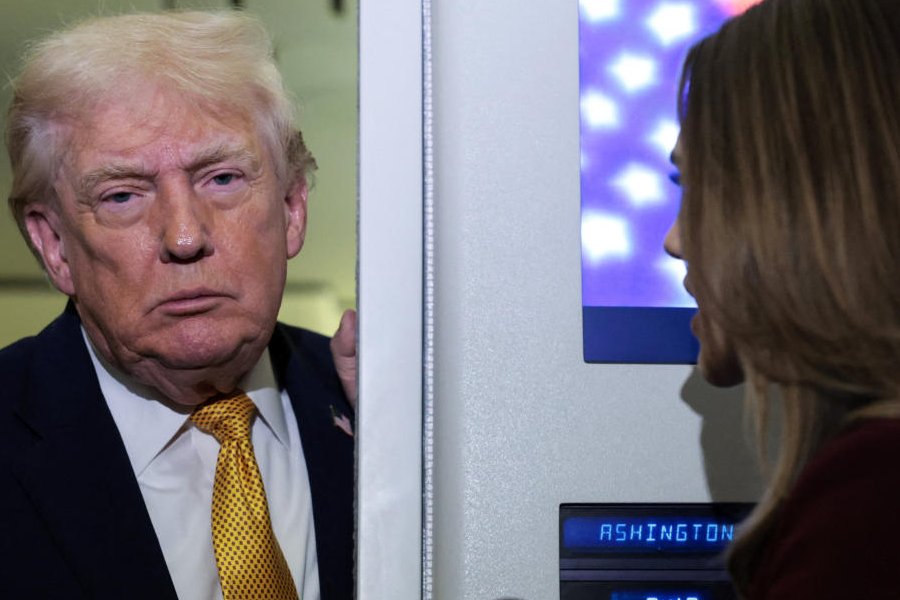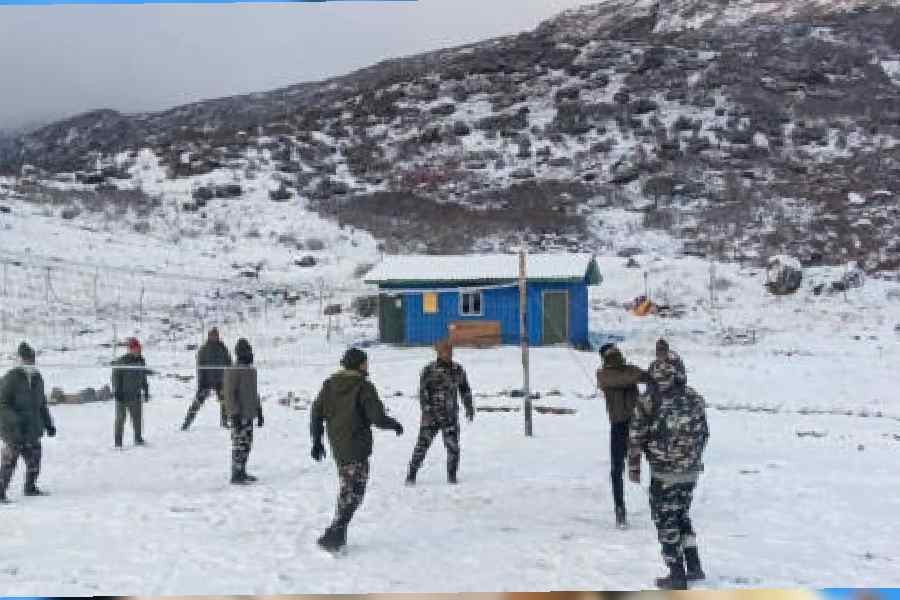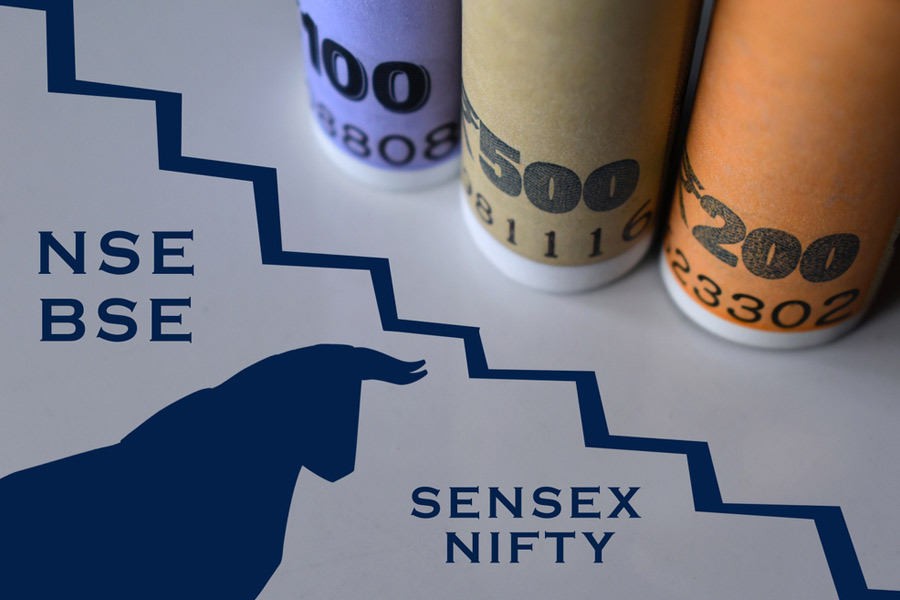The Congress’s success in the Karnataka assembly election is being seen as one of the outcomes of the Rahul Gandhi-led Bharat Jodo Yatra. No one can deny the fact that the BJY was one of the most serious political moves undertaken by the Congress in the post-2014 period. It obviously helped the party re-establish its presence at the grassroots level. However, the active role played by civil society organisations, people’s movements, and advocacy groups in this initiative has not been given adequate public attention.
A number of social activists, intellectuals, and leaders of grassroots movements not only participated in the BJY but also produced a moral justification for it. In a way, the moral claims generated during the BJY influenced the Congress’s campaign during this decisive election. However, civil society groups have always maintained a crucial distance from the Congress to assert their autonomy. This principle-based moral support is a remarkable political phenomenon, which requires a systematic explanation.
It is worth noting that there has been a media-driven propaganda against civil society groups — the non-governmental organisations working in the social sector are seen as foreign agents; the people's movements are rejected as anti-national factions; concerned citizens, academics and intellectuals are called urban-Naxal; committed activists are pejoratively addressed as ‘andolanjeevis’. How do we then explain the active participation of NGOs and grassroots organisations in support of a particular political party, in this case, the Bharatiya Janata Party’s main target, the Congress?
The statement issued by a group of civil society organisations and individuals just before the BJY is quite relevant to answer this question. This statement makes three arguments. First, the country is facing an unprecedented crisis with “an overwhelming majority of the farmers and workers, Dalits and Adivasis, women and religious minorities fac[ing]… effective exclusion in the shaping of the nation’s future.” Second, the BJY is seen as a mode to reconnect with the people at the grassroots level simply to assert the constitutional values of liberty, equality, justice and fraternity. Finally, an important clarification is made with regard to the relative autonomy of people’s movements. The statement says, “in extending one-time support to an initiative like BJY, we do not tie ourselves to a political party or a leader, but simply affirm our readiness to set aside partisan considerations and stand with any meaningful and effective initiative to defend our constitutional republic.”
This clarification underlines the complex relationship between people’s movements and political parties in postcolonial India. One may identify four watershed moments in this regard. The Jayaprakash Narayan-led anti-Emergency movement was the first important intervention that had far-reaching consequences. This movement did not merely pave the way for the creation of the Janata Party in 1977; it also strengthened civil liberty movements in the country. The People’s Union for Democratic Rights and, later, the People’s Union for Civil Liberties were the outcome of JP’s movement.
Although the Janata Party experiment failed and Indira Gandhi’s Congress (I) won the 1980 election comfortably, civil liberty organisations and people’s movements continued to flourish in the form of what the political scientist, Rajni Kothari, called non-party political formations. These grassroots-level movements also influenced mainstream electoral politics. Political parties had to acknowledge the issues raised by these struggles. The Chhattisgarh Mukti Morcha, a trade union movement led by an iconic figure, Shankar Guha Niyogi, is a good example to elaborate this point. Despite being a trade union movement, the CMM did not ignore the significance of electoral politics. The Morcha leaders contested elections and won two assembly seats in the mid-1980s. Around the same time, the Narmada Bachao Andolan against the Sardar Sarovar Dam emerged as an important reference point for the democratic and just notion of sustainable development. The movement gave a new meaning to environmental justice. The NBA relied heavily on the democratic values enshrined in the Constitution to justify its campaign for the rehabilitation of displaced communities.
The formation of the National Alliance of People’s Movements was the second important trajectory. The NAPM was formed in the early 1990s by a variety of people’s movements to offer democratic resolve to the challenges posed by economic globalisation and aggressive communal politics. This development also contributed to the ever-expanding NGO sector, which later came to be known as the Third Sector.
Civil liberty and democratic rights organisations, grassroots people’s movements, Dalit, Adivasi and Women’s movements and NGOs thus formed the contours of the sphere, which may be called an extended version of political society — a crucial concept used by the political theorist, Partha Chatterjee, to describe the politics of the governed. The constituents of this highly diversified political society were involved in a deep politics of democratic rights. It does not, however, mean that they were apolitical; instead, they maintained a crucial distance from party politics in the 1990s. That might be the reason why we do not find any collective effort by the people’s movements to intervene in the arena of electoral politics more directly.
The anti-corruption movement led by Anna Hazare in the early 2010s was the third watershed moment. Although this campaign was primarily concerned with the issue of institutional corruption, it received an overwhelming support from people’s movements of all kinds. The formation of the Aam Aadmi Party was the natural outcome. The AAP tried to accommodate the aspirations of people’s movements in its Constitution to promote a new, principle-based politics. However, the AAP could not maintain this moral-intellectual relationship with people’s movements and eventually became a typical professional political party. In fact, the party Constitution was also amended for practical purposes.
The present moment of politics is a result of this disenchantment. The constituents of political society have realised that they have to take a principled position in the arena of mainstream politics. The support given to the BJY is a manifestation of this resolve. This is exactly what Chatterjee hopes in the concluding part of his remarkable book, I am the People. He writes: “There must… be a more long-term project of producing, circulating, and instilling in the popular consciousness a narrative of social transformation. In particular, the challenge posed by right-wing populism… cannot be met by electoral tactics alone. … Who will begin this counter-hegemonic project? Critique, imagination, and pedagogy are part of the intellectual’s calling. As Gramsci’s notebooks continue to remind us, intellectuals who are able to turn their ideas into the stuff of popular education lay the groundwork for hegemonic transformation.” The extended sphere of the political society, it appears, answers the question posed by Chatterjee here.
The debate on the future of democratic politics in India should not be reduced merely to juicy discussions on the TINA (there is no alternative) factor or the desirability of Opposition unity in 2024. Instead, the deep politics of civil society groups and people’s movements must be taken seriously to capture the future trajectories of Indian democracy.
Hilal Ahmed is Associate Professor, CSDC, New Delhi










